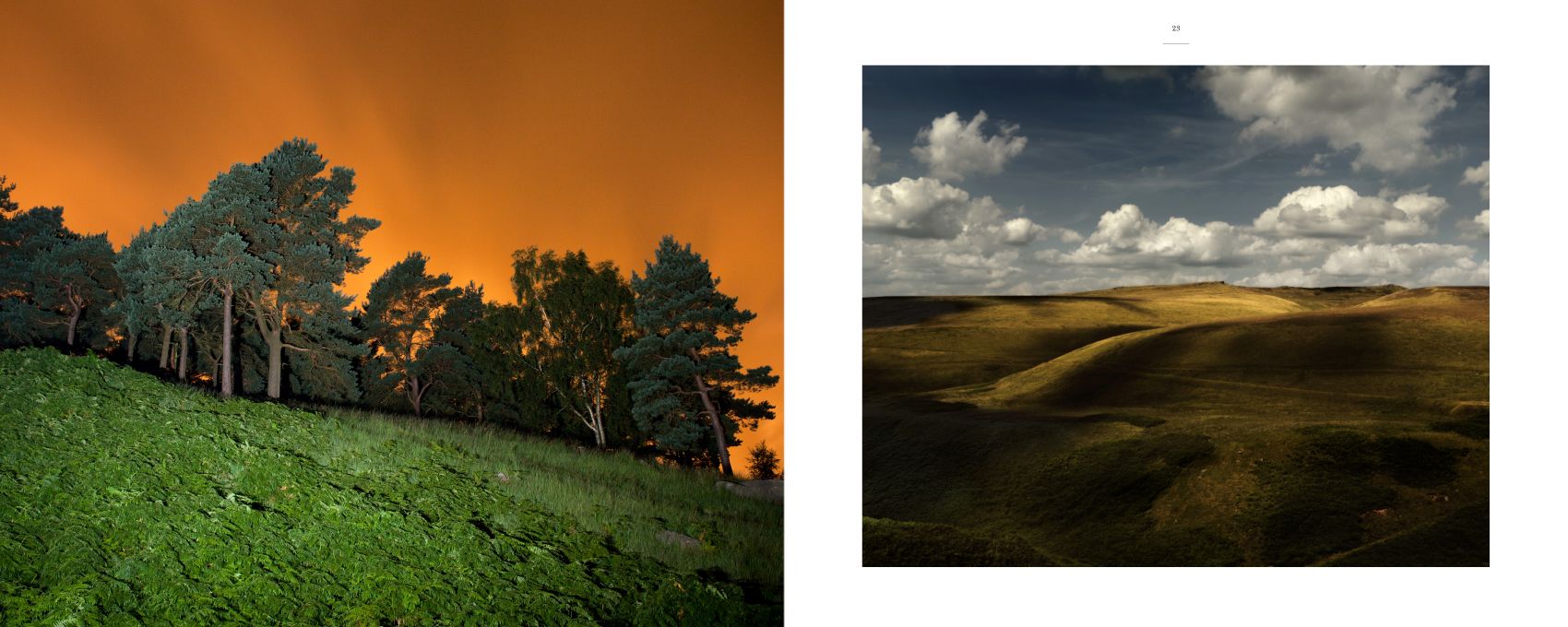
Saddleworth: Responding to a Landscape is a photographic odyssey of landscape work. The work focuses on light, nature and geology. The series is a personal expression of the landscape after Murray became full time carer for his Father-in-law who had been was diagnosed with vascular dementia and alzheimer's. The results are rich, painterly and reminiscent of Dutch seventeenth century landscape painter Jacob Van Ruisdael. The intimate insight and obsessive study allows audiences to think about their own experience and emotion when faced with landscape and nature.









In his photographic landscapes of Northern England’s Saddleworth Moor, photographer Matthew Murray involves the viewer in a puzzle of aesthetic, emotional, and perhaps even moral challenges. If we look at the pictures without knowledge of the geographical location – and the tragic historical events that took place there – our initial response to the brooding, picturesque terrain may be purely aesthetic. This wild-looking place seems untouched by human habitation or intervention. Murray captures its changing moods under glowering skies, often creating twilight or nocturnal impressions.
What links the images even within their diversity is a pervading atmosphere of nostalgia or melancholy. Perhaps it is predominantly the darkened palette, but also the absence of people that creates this effect. The ghostly absence of any human figures might in this case appropriately act as a kind of memorial. For our response to this particular locality is sure to be tempered by the knowledge of a plane crash there with twenty-four fatalities in the 1940s. And we cannot see the pictures in the same way again once it is revealed as the infamous burial site in the 1960s of four victims of the ‘Moors Murderers’, Ian Brady and Myra Hindley. These sobering and brutal facts much more darkly inflect our aesthetic and emotional reactions to the photographs. With such knowledge, the images carry the additional weight of documentary evidence. This landscape has been silent witness to appalling tragedy. In turn, Murray’s act of photographing intently there over a period of years creates a further layer of witnessing, but also of interpretation. His motivation wrestles perhaps with a personal need to reclaim this landscape’s natural beauty and the daily life that continues there for nature and wildlife, for tourists and locals long after the historical tragedies. Murray’s images attempt to reconcile the macabre, the everyday and the transcendent.